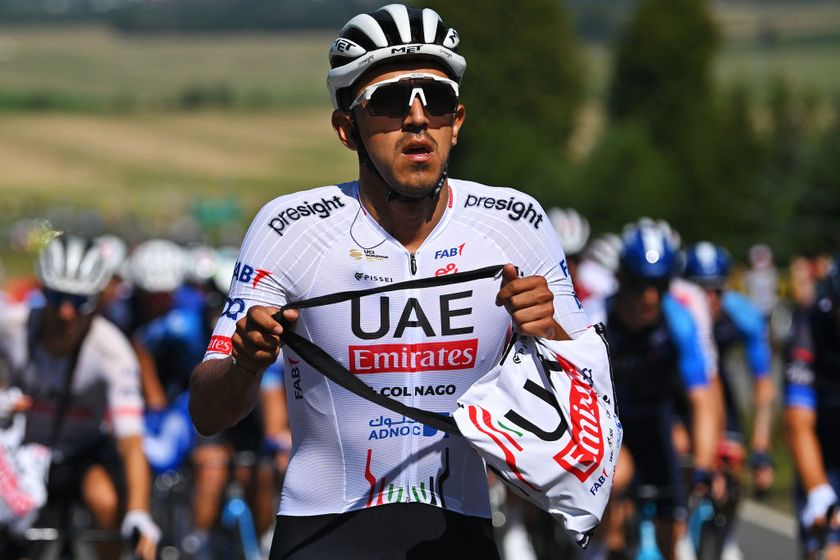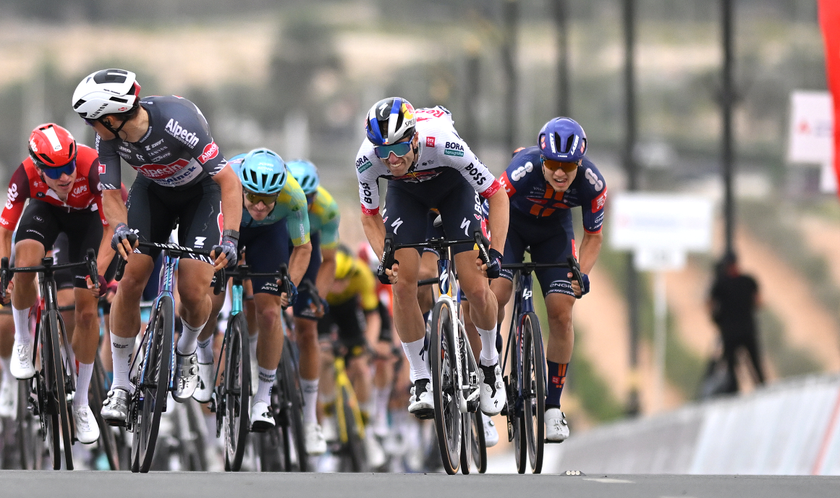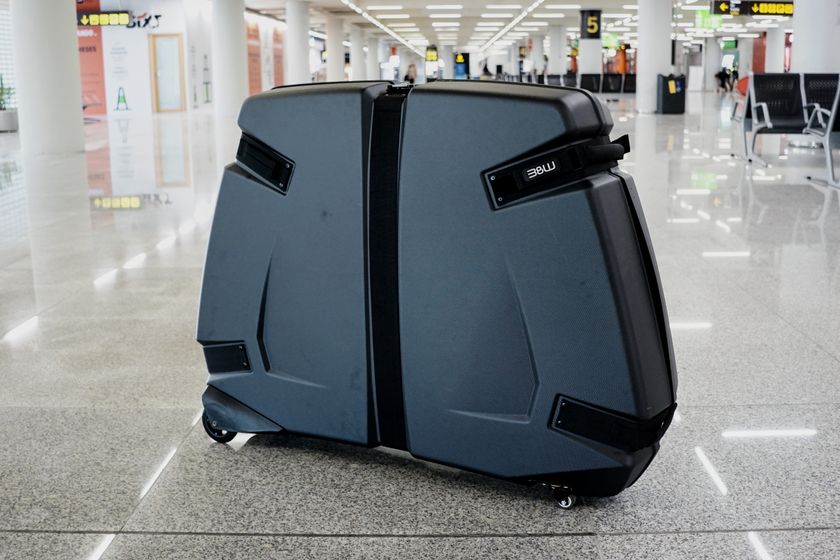Cyclingnews' guide to the 2011 Spring Classics
Your guide to the Classics


Milan-San Remo is the first of the Spring Classics and the longest race of modern day cycling, at 298 kilometres. The sprinters have a chance to shine in this race from Italy's fashion capital to the Ligurian seaside town of San Remo.
Take note of the Le Mànie, Cipressa and Poggio: these climbs typically break up the race by sending the weak sprinters out the back door and allowing the attacking riders to launch a move. If a group makes it to the line expect to see a fascinating bunch gallop along Lungomare Italo Calvino.
Milan-San Remo, the first of cycling's five Monuments, celebrates its 102nd anniversary this year.
Preview | 2010 Milan-San Remo | Previous winners | 2011 Results and report
Known for its climb and dicey descent of the Kemmelberg, which was previously the only difficulty in the race, the course features 16 bergs including the Kemmel and a slightly longer parcours.
Get The Leadout Newsletter
The latest race content, interviews, features, reviews and expert buying guides, direct to your inbox!
The early part of the race takes place near Belgium's North Sea coast line, which means high winds often shatters the peloton into bits.
Previous winners | 2010 Gent-Wevelgem | 2011 Results and report
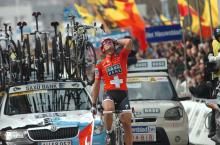
The race takes in a series of hellingen in its route through west Belgium. Climbs that usually feature are the Oude Kwaremont, Taaienberg, Kapelmuur and Bosberg. They are not the long ascents that you find in the Grand Tours, but short and steep pitches that are often accompanied by pavé.
The Classic is the first of the true Northern classics and the second of cycling's five Monuments.
2010 Tour of Flanders | Previous winners | 2011 preview| 2011 Results and report | Women's Tour of Flanders
Paris-Roubaix
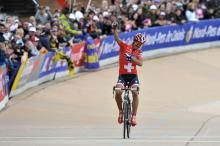
Dreams of riders like George Hincapie and Johan Museeuw have ended in tears along the roadside, but the risks make the victory in velodrome that much sweeter. After 260 kilometres, around 50 on pavé, the race ends with one and a half laps on Roubaix's outdoor track.
Win in Roubaix, the third of the Monuments, and you are considered a god. Riders like Fausto Coppi, Rik Van Looy, Eddy Merckx, Francesco Moser, Sean Kelly and Tom Boonen have tamed Paris-Roubaix's pavé for the well-earned status.
2010 Paris-Roubaix | Previous winners | Race Preview | Report and Results |
The Dutch Classic the Amstel Gold Race has a character all of its own: twisty and narrow roads, short and steep climbs, and crazed orange-clad fans. The first of three Ardennes Classics is a race to watch and one for the riders to add to their palmarès.
The relatively new classic (this year celebrating its 46th edition) starts in Maastricht and ends with three circuits on the Cauberg. The first two times up the 1.5-kilometre climb splits the race into select groups, while the final ascent decides the race winner.
Home team Rabobank goes all out to make its presence felt in this race, but in recent years it has fallen short of the victory. Italians have made this race theirs since Erik Dekker last won for Rabobank and the Netherlands in 2001.
2010 Amstel Gold Race | Past winners
La Flèche Wallonne
Belgium's Flèche Wallonne is a mid-week race with a short distance of 200 kilometres, but that does not change the importance of this race that always ends with spectacular explosions on the famed Mur de Huy. The climb is a 1300-metre leg-snapping ascent that averages 9.3 percent gradient and boasts a maximum of 25 per cent.
The second of three Ardennes Classics starts at a leisurely pace in the Walloon city of Charleroi, but it ends with two rings of fire (if you will) around the city of Huy. The riders scale the Mur de Huy the first time to start the smaller circuit that ends with Huy. From there it is all about positioning for the final larger circuit: Côte de Peu d'Eau, Côte de Haut-Bois, Côte de Thon, Côte de Bonneville, Côte de Bohissau, Côte de Ahin and Mur de Huy.
Riders need to be in the front 15 for the Mur de Huy. Then, whoever wants to win needs to wait to the last three-hundred metres to light his dynamite. A well-timed blast will produce a victory, but an early move will mean you are gasping for breath on the fan-lined Mur.
2010 Fleche Wallone | Past winners
Liège-Bastogne-Liège
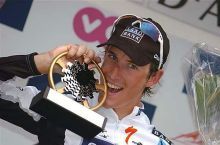
On the return journey to Ans, the favourites will start to move forward in the pack. One of the toughest battles will be waged on the 2.1-kilometre La Redoute, coming at kilometre 226 and 35 kilometres from the finish. La Redoute will be an indicator of how the race will continue to unfold over the three following côtes of Sprimont (-29km), Roche aux Faucons (-19.5km) and Saint-Nicolas (-5.5km).
The finish to Ans is not considered one of the official climbs, but it rises steadily over the final two kilometres.
La Doyenne ('The Grand Old Lady') is the fourth of cycling's five Monuments. The fifth Monument, the Tour of Lombardy, comes almost six months later.
2010 Liège-Bastogne-Liège | Past winners
Most Popular



